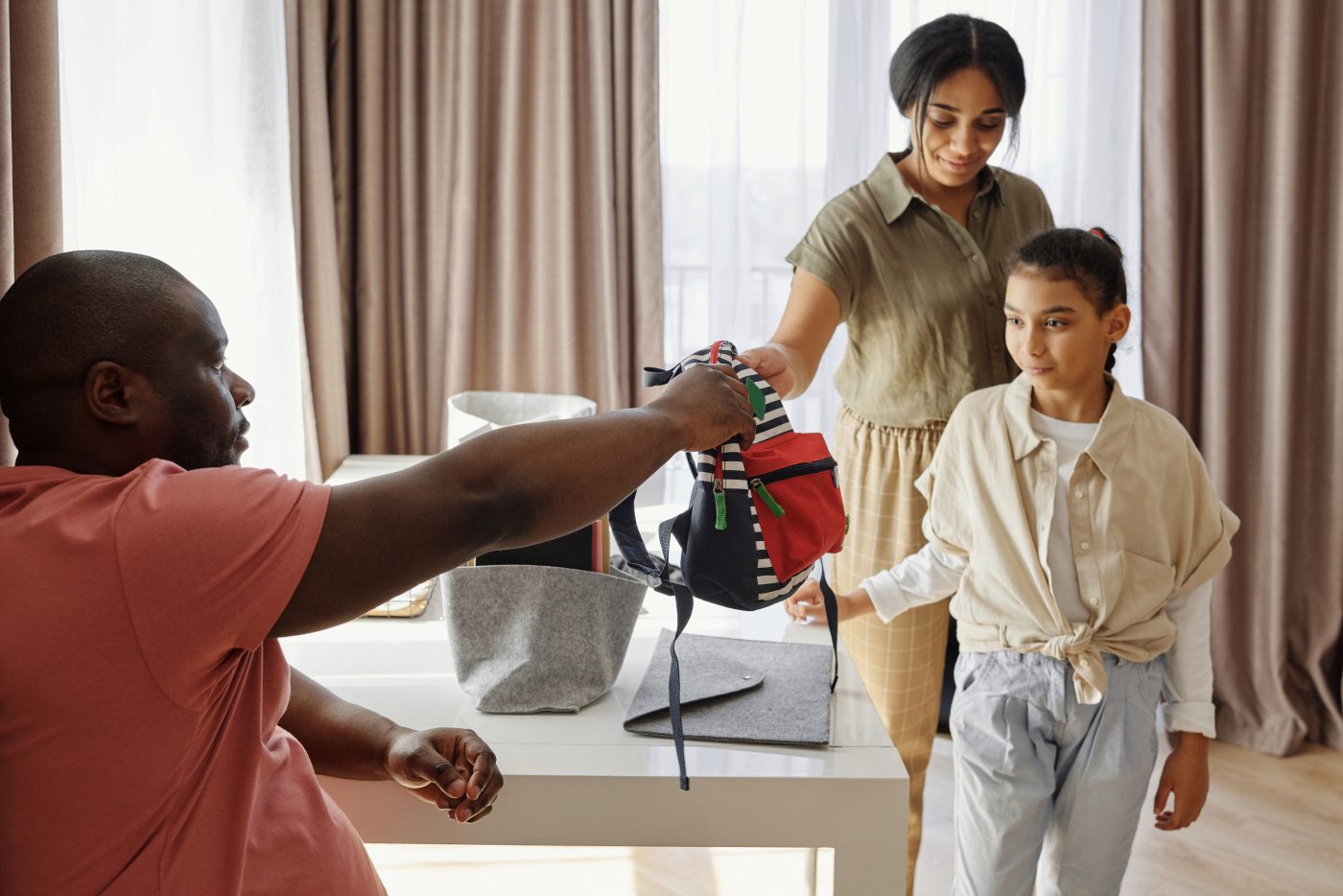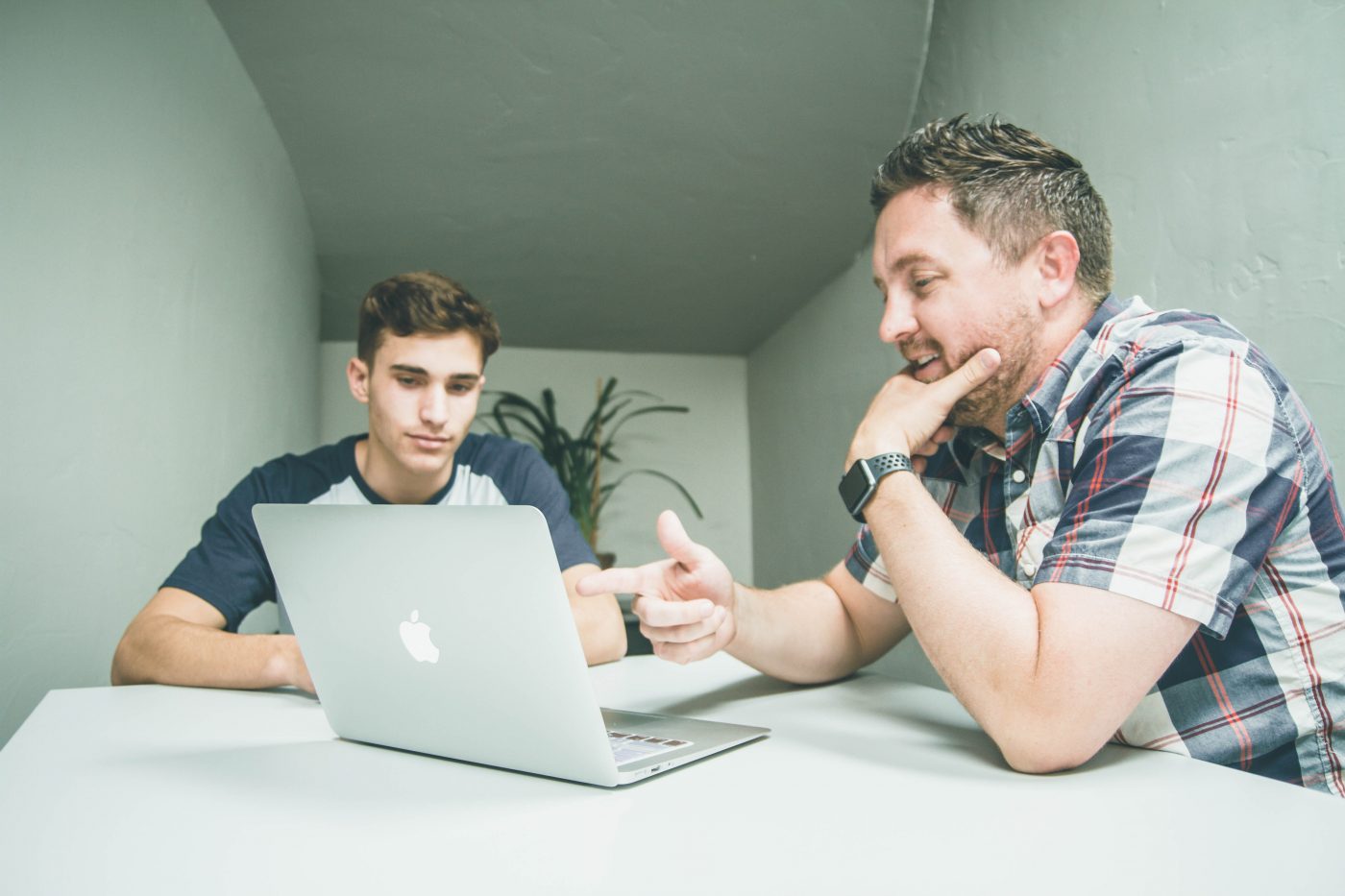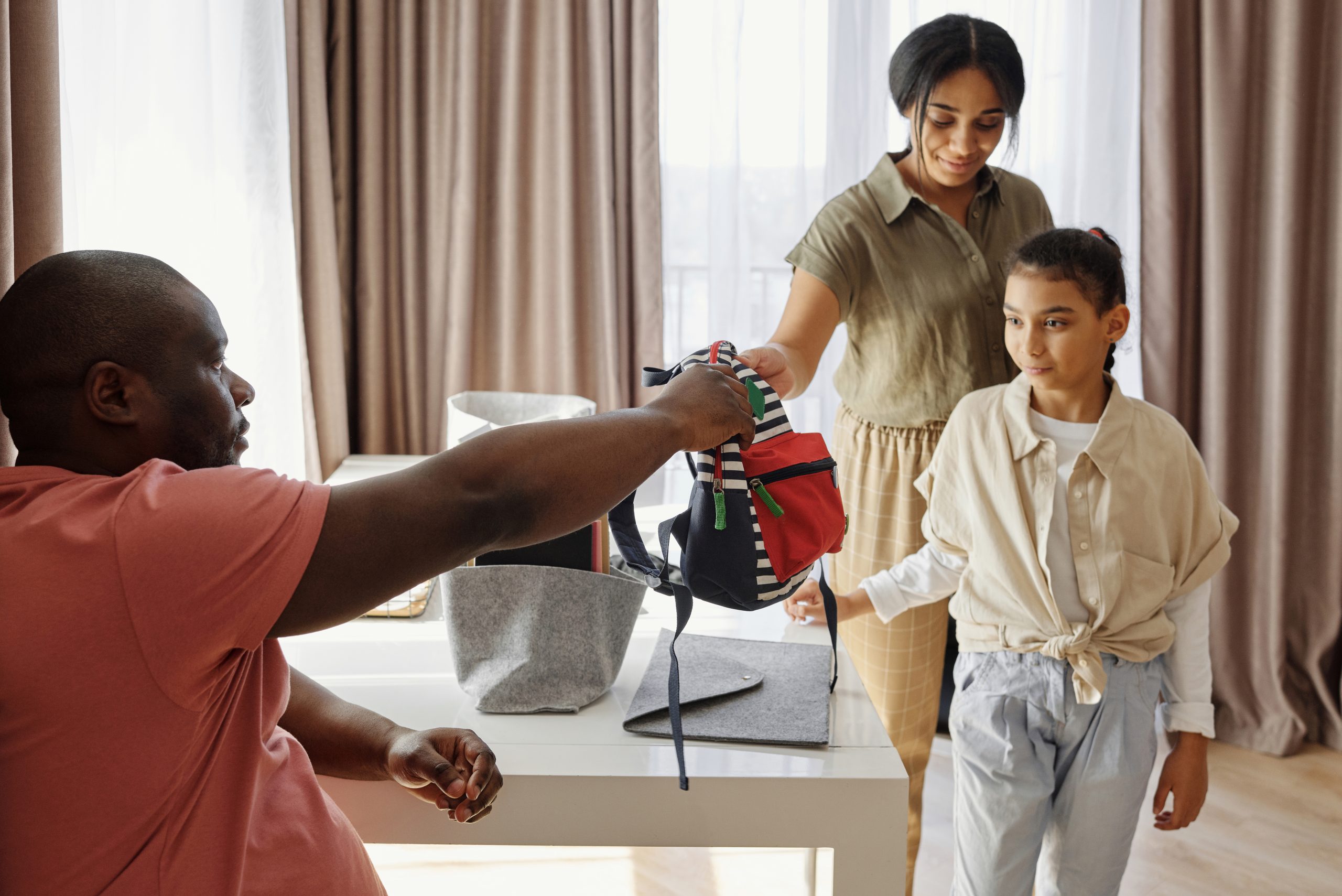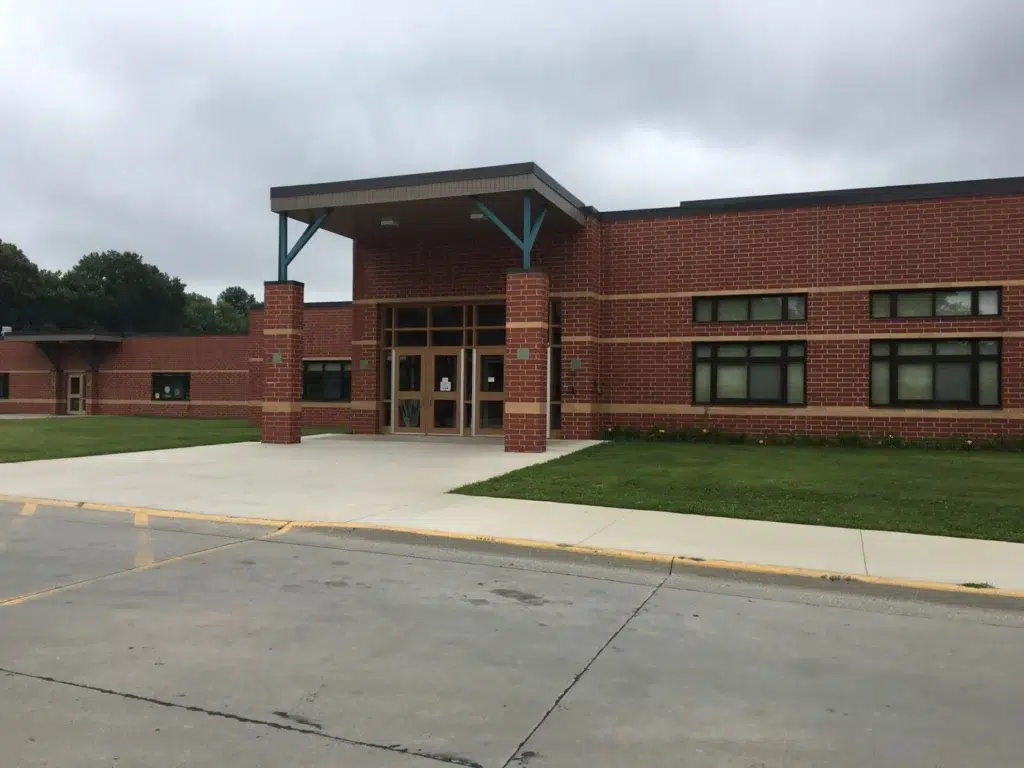If 2020 has taught us anything, it’s that we all need to learn to adapt to change. Last year, we gave you some insights on how to transition to e-learning successfully. But now it’s March 2021, and the end of the Coronavirus pandemic may finally be in sight. Several countries, including the United States, are starting to see the positive effects of COVID-19 vaccines on case numbers. School reopens have happened in some districts, while others are still restricted to distance learning. That means it’s time to prepare to adapt once again, this time in the opposite direction: from e-learning at home to back into the classroom.
But what does this mean for the parents and students who returned to the classroom months ago? Why are many parents choosing to keep their children in remote learning programs beyond the pandemic? As teachers and students come back to school, which changes are temporary and which are here to stay? We will explore these topics in the following words.

First, Know That the Timeline for Returning to the Classroom is NOT Set In Stone…
…and you shouldn’t be trying to predict when this will happen either. Every district and state has different protocols to roll out a safe return for all students. Florida’s governor ordered his state’s schools to reopen at the beginning of the 2020-21 school year, while California is still under a partial school shutdown until April 1st. As we have learned in the past few weeks, neither our President nor top health officials want to give false hopes as to when it will be safe to operate schools at full capacity once again. Many European school reopens have been limited to distance learning to prevent the risk of community transmission, and some have even opted to return to e-learning after unsuccessful attempts previously. Whichever method applies to your district, parents, students and teachers alike should plant the seeds of preparation now while they have time.
What Does A Transition from Remote to In-Person Learning Look Like?
When COVID-19 swept across the globe, parents had to take on the stress of providing their child with the means to succeed in virtual education. Desks and laptops became the hot commodity last spring, while teachers worked hard to persevere despite unprecedented circumstances. Kudos and thank you to all teachers! Yet the sudden transformation caused many students to struggle with keeping their grades up in a virtual environment, while others excelled beyond their traditional standards. Due to “pandemic fatigue”, we’ve seen how the negative effects on mental health and academic performance are making some students eager to come back to campus. Even parents are longing for the day they can reclaim their kitchen table. Now that American schools are (likely) to see a widespread school reopens and a return to in-person learning in the Fall of 2021, students and parents may feel similar stress in the months ahead when transitioning back to their pre-pandemic routines.

Prepare Your Routines Now
It can be easy to fall into an at-home slump, whether it’s working remotely, teaching a virtual class, or trying your best to learn your classwork via Zoom calls. Your child’s routine has changed in the past year, and a gradual reinforcement of “normal” school routines now will help ease the transition when it comes time to report back to their physical campus full time.
Related Blog Post: Back to School Dos and Don’ts
- Parents and students can prepare for school reopens as if they are already going – once it’s time to go back, it will be easier to continue what you already do.
- Plan on how your child will get to school. Check with your district to see what changes have been made to bus routes and drop-off times since the start of the pandemic.
- Teachers and faculty have not had to deal with the headaches of end-of-day dismissal for a while – or perhaps they have recently started back up and are frustrated. It may be beneficial for schools to start looking into a new technology to streamline this process.
Related Reading: How one school district is successfully using PikMyKid to streamline its dismissal process.
Parents May Have the Option to Keep Their Kids Enrolled in Distance Learning
In the United States, many districts are giving parents the option to keep their child in distance learning if they feel uncomfortable sending students back and forth to school every day. This applies especially to immune-compromised households that have yet to be vaccinated. Check with your local school district to find out what plans are in place to accommodate the needs of those who do prefer remote learning.
Most districts offered a hybrid model of remote and in-person education at some point in 2020. While this may not be ideal for everyone, especially families that rely on a concrete routine, consider how it may add a dose of normalcy for your child.
One district in Texas is emphasizing the fact that investments made in remote technology for students have not paid off; it makes more sense to continue a hybrid model to justify the expense. Instead of having students wear masks all day in a socially-distant classroom for 5 days a week, see what hybrid options your district is offering for a 2-3 day per week in-person instruction with remote access days in between.

Have A Conservation with Your Child About What Will Be Different
Middle and High Schoolers will likely feel frustrated that the social aspect of pre-pandemic schooling has yet to return. COVID-19 restrictions will be in place in schools nationwide for some time; it is important to show your understanding to older students who will not be having the same social experience they once had. Clubs, after-school activities, and sports are not ready to be brought back in full force quite yet – which could lead to a repetitive pattern of boredom for some students.
On the other hand, parents of younger children may need to communicate the fact that although they are back in school, they still need to wear a mask and keep their physical distance from their classmates. Many of the activities and routines students remember before this mess may stay unfamiliar for some time, but taking things in stride is the best way forward. Take time to demonstrate and practice these steps at home to make it easier for your students and teacher to adjust.
Positivity is Key!
Every student is different, and you may be surprised how any child reacts to life’s curveballs. Kids are very resilient, but a little empathy and clear direction from teachers and parents will go a long way toward paving the way for a return to the classroom. Remind your student that change is good and that these experiences will prepare them for the future. I’m sure they won’t forget these times and will learn some valuable lessons too.
Additional Resources
- Read the CDC’s toolkit for teachers and school staff on staying safe in the classroom
- Read how the Biden administration plans to prioritize teachers’ vaccinations this Spring
- Read about some of the permanent changes happening in Washington DC’s school district
- Read some great tips on staying successful at home if your district has yet to return to the classroom



